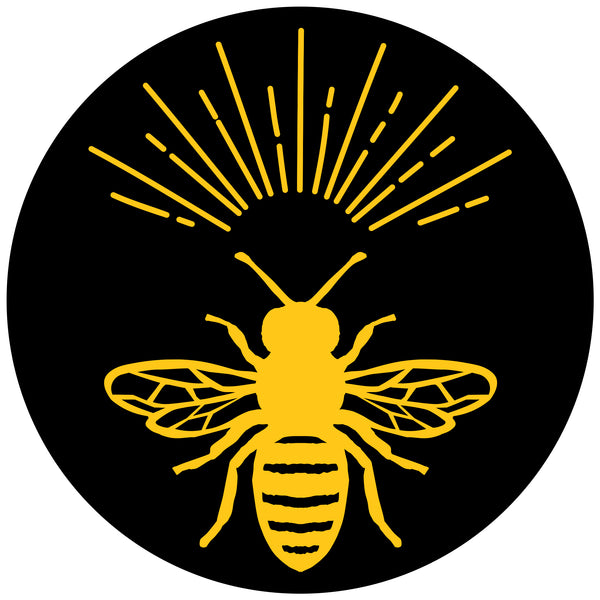Introduction
Bees are indispensable creatures in our ecosystem, playing a pivotal role in pollination and sustaining the balance of nature. However, in recent years, the global bee population has been facing unprecedented challenges, with factors like habitat loss, pesticide use, climate change, and diseases threatening their existence. As we strive to protect these vital pollinators, technology emerges as a beacon of hope. Through innovative solutions and advancements, technology holds the key to not only understanding bee behavior and health but also in mitigating the threats they face. In this article, we explore the intersection of technology and bee conservation and how it offers promising avenues for safeguarding these crucial insects.
Understanding Bee Behavior
One of the fundamental aspects of bee conservation is understanding their behavior. Thanks to advancements in technology, researchers can now delve deeper into the intricacies of bee colonies. For instance, radio frequency identification (RFID) tagging enables scientists to track individual bees within a colony, providing valuable insights into their foraging patterns, interactions, and overall health. Additionally, miniaturized sensors and cameras installed within hives offer real-time monitoring of temperature, humidity, and other environmental factors, aiding beekeepers in ensuring optimal hive conditions.
Precision Agriculture and Pollinator-Friendly Practices
Modern agriculture, while essential for feeding the growing global population, often comes at the cost of bee habitats and health due to the widespread use of pesticides and habitat destruction. However, technology presents solutions for promoting pollinator-friendly practices in farming. Precision agriculture techniques, such as drone-based monitoring and GPS-guided machinery, allow farmers to minimize pesticide usage by targeting specific areas in need, thus reducing harmful effects on bee populations. Furthermore, digital mapping tools can identify and protect critical bee habitats, enabling conservation efforts to focus on preserving these vital areas.
Crowdsourced Data and Citizen Science Initiatives
The power of technology extends beyond the realm of scientists and researchers, empowering citizens to contribute to bee conservation through crowdsourced data and citizen science initiatives. Smartphone apps like "BeeSpotter" and "iNaturalist" allow users to report bee sightings, helping create comprehensive databases of bee distributions and population trends. This collective data not only aids researchers in mapping bee populations but also raises public awareness about the importance of bees and their conservation.
Genomic Studies and Breeding Programs
In the face of emerging threats such as diseases and parasites, genomic studies offer valuable insights into bee genetics and immunity. High-throughput DNA sequencing technologies enable scientists to identify genetic markers associated with desirable traits, such as disease resistance and pollination efficiency, facilitating selective breeding programs aimed at developing resilient bee populations. Moreover, gene editing techniques like CRISPR hold promise for creating genetically modified bees with enhanced resistance to pathogens and pesticides, though ethical considerations and regulatory frameworks must accompany their use.
Robotic Pollinators and Artificial Intelligence
As bee populations decline, concerns about food security arise due to the reliance of many crops on insect pollination. To address this challenge, researchers are exploring innovative solutions such as robotic pollinators. These autonomous drones equipped with soft bristles mimic the pollination behavior of bees, traversing fields and orchards to ensure pollination in the absence of natural pollinators. Additionally, artificial intelligence (AI) algorithms are being deployed to optimize pollination routes and strategies, maximizing efficiency and crop yield while minimizing environmental impact.

Blockchain Technology for Supply Chain Transparency
In the global market, the journey of honey from hive to consumer often involves multiple intermediaries, making traceability and authenticity challenging. Blockchain technology offers a solution by creating transparent and immutable records of each transaction along the supply chain. By leveraging blockchain, consumers can trace the origin of honey products, ensuring they come from sustainable and ethical sources. This transparency not only combats adulteration and fraud but also incentivizes beekeepers to adopt responsible practices, thus promoting bee-friendly ecosystems.
Conclusion
As we confront the complex challenges threatening bee populations, technology emerges as a powerful ally in our quest for conservation and sustainability. From understanding bee behavior to developing innovative pollination solutions, technology offers a myriad of tools and approaches to safeguard these essential pollinators. By harnessing the collective power of science, innovation, and community engagement, we can ensure a future where bees thrive, and our ecosystems flourish. It's not just about saving bees; it's about preserving the delicate web of life that sustains us all.

